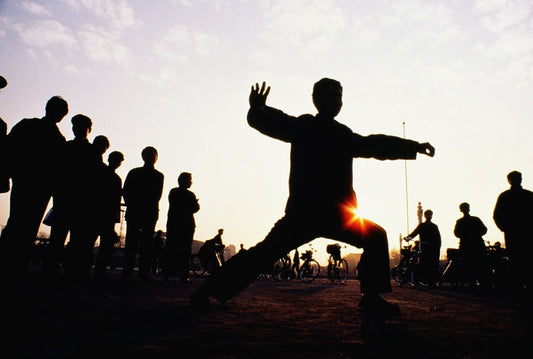
If quitting smoking is one of your resolutions for the New Year then adding brisk walking to your list of resolutions could help. Researchers at the University of Innsbruck in Austria found that 10 minutes of brisk walking was able to reduce cravings, lessen withdrawal symptoms and improved the overall sense of well-being of those looking to quit smoking.
Smoking is one of the leading preventable causes of death and researchers say this is the first study to compare the effects of indoor and outdoor activity in regards to those trying to quit. The World Health Organization says 20 percent of people in the world over the age of 15 were smokers in the year 2020.
"There are several studies on the effect of indoor exercise sessions on temporarily abstinent smokers, ours is the first to include outdoor activity," says first author Stefanie Schöttl, a doctoral student at the Department of Sport Science at the University of Innsbruck.
Scientists employed three different interventions while working with a group of 16 smokers. Each participant was smoke-free overnight before the testing and randomly took part in the three different activities.
Some took a brisk 10-minute walk outside, while others spent 10-minutes on a treadmill indoors or remained seated for 10 minutes, which served as the control group.
The participants were asked about cravings, withdrawal symptoms and mood before during and after the respective interventions.
"We randomized all participants and subjected them to all conditions with corresponding treatment-free phases in order to exclude individual preferences," said Martin Kopp, Professor of Sport and Exercise Psychology.
Cravings decreased in the participants who were part of the indoor and outdoor exercise groups but they did not change in the control group. The same was true for the withdrawal symptoms and feelings of well-being. The feelings leveled out between the three intervention groups by 20 minutes after the phases were complete.
"Another—albeit not significant—difference between indoor and outdoor exercise sessions is the time that passes before the next cigarette," Schöttl said.
The reduction in cravings also translated to more time before the next cigarette for those in the indoor and outdoor activity groups. The indoor exercisers held off an extra 17 minutes and the outdoor exercisers waited an extra 26 minutes before lighting up again.
"This is a trend that still needs to be verified in future experiments," Kopp said, "possibly by changing the duration or intensity of the sessions."



